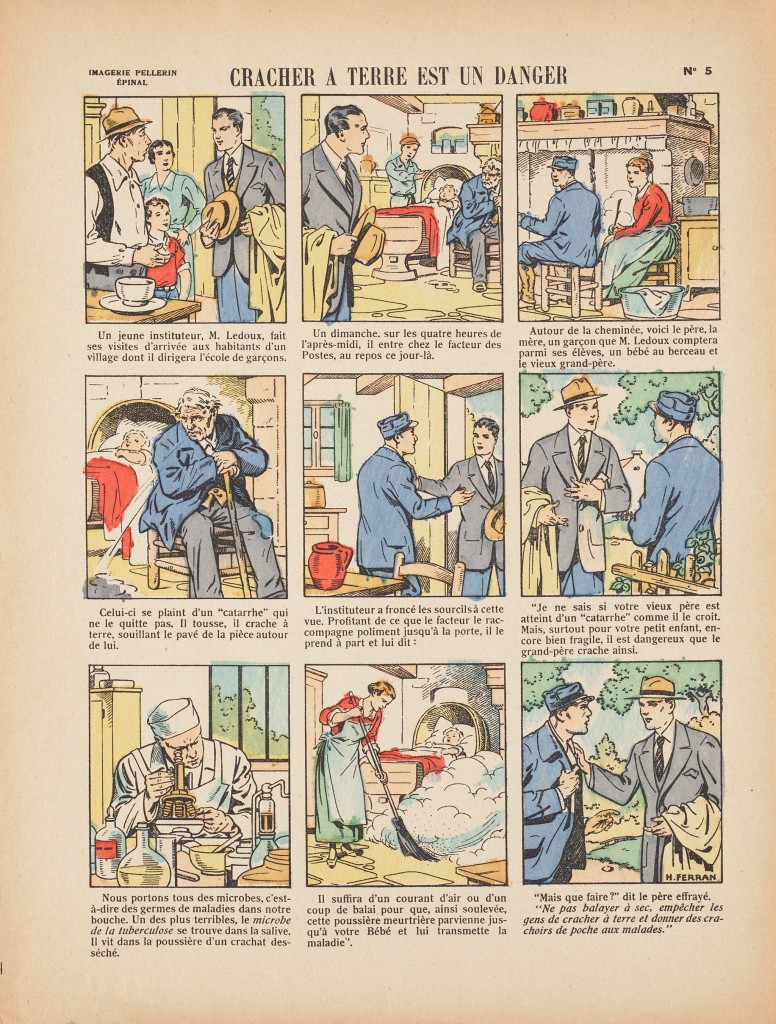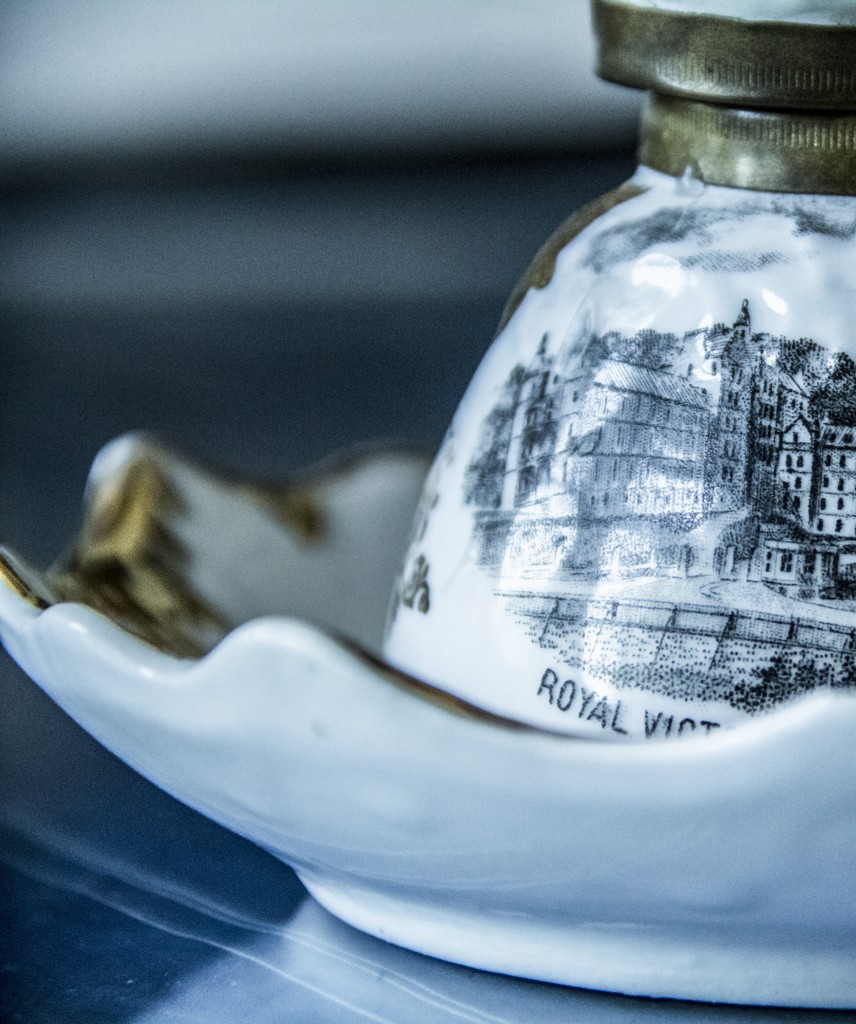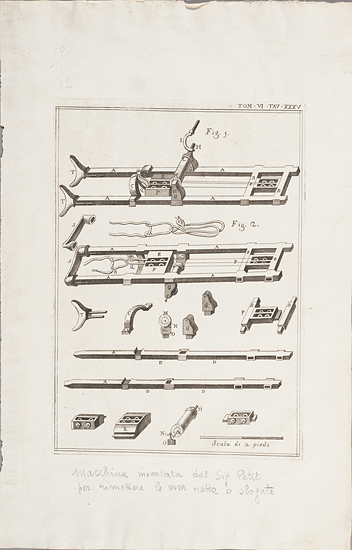Looking for some reading over the long weekend? Like listening to audiobooks during your commute? Check out some medical history titles now available on Overdrive.
Overdrive is a digital media library that McGill subscribes too. You can borrow and download e-books and audiobooks for a lending period of up to 3 weeks.
Here are a couple of newly available titles for history of medicine:
The medical book: from witch doctors to robot surgeons, 250 milestones in the history of medicine, by Clifford Pickover.
Touching on such diverse subspecialties as genetics, pharmacology, neurology, sexology, and immunology, Pickover intersperses “obvious” historical milestones—the Hippocratic Oath, general anesthesia, the Human Genome Project—with unexpected and intriguing topics like “truth serum,” the use of cocaine in eye surgery, and face transplants.
The iMinds series has short, readable on Bubonic Plague, Epidemics, Penicillin, and other medical topics.
Medical detectives: the lives and cases of Britain’s forensic five, by Robin Odell.
The development of forensic pathology in Britain is told here through the lives of five outstanding medical pioneers. Spanning seventy years, their careers and achievements marked major milestones in the development of legal medicine, their work and innovation laying the foundations for modern crime scene investigation (CSI). Sir Bernard Spilsbury, Sir Sydney Smith and Professors John Glaister, Francis Camps and Keith Simpson were the original expert witnesses. Between them, they performed over 200,000 post-mortems during their professional careers, establishing cruicial elements of murder investigation such as time, place and cause of death
Nothing but the tooth: a dental odyssey, by Barry Berkovitz.
This book offers facts and figures regarding famous historical figures, such as John Hunter, Dr Crippen, Doc Holliday, and Paul Revere, exploring how their connections to dentistry shaped them, as well as the story of the two young dentists who discovered the principles of general anaesthesia. Other chapters focus on the amazing ranges of teeth in animals, from the teeth in piranhas to the tusks and ivory of elephants and narwhals, looking at their biological and cultural significance.
Check out the Getting Started guide to download the software you’ll need (Mac/Ipad users take note: you will need to download the free Overdrive Media Console from the app store). You’ll need to sign in with your library account number.
Find more information about e-books here.





